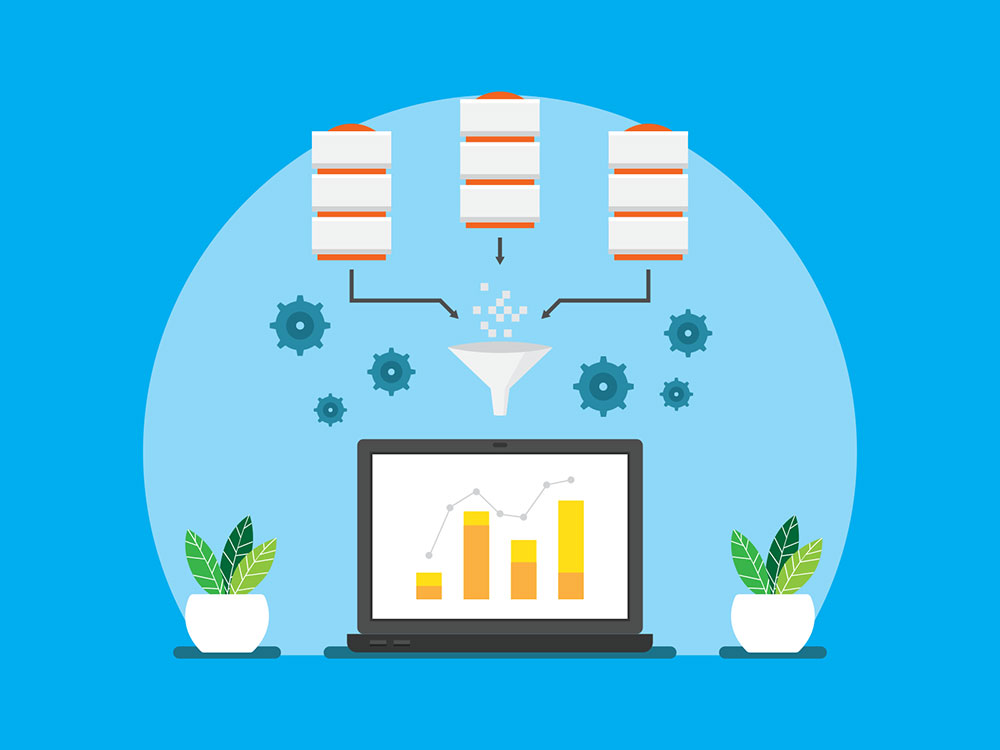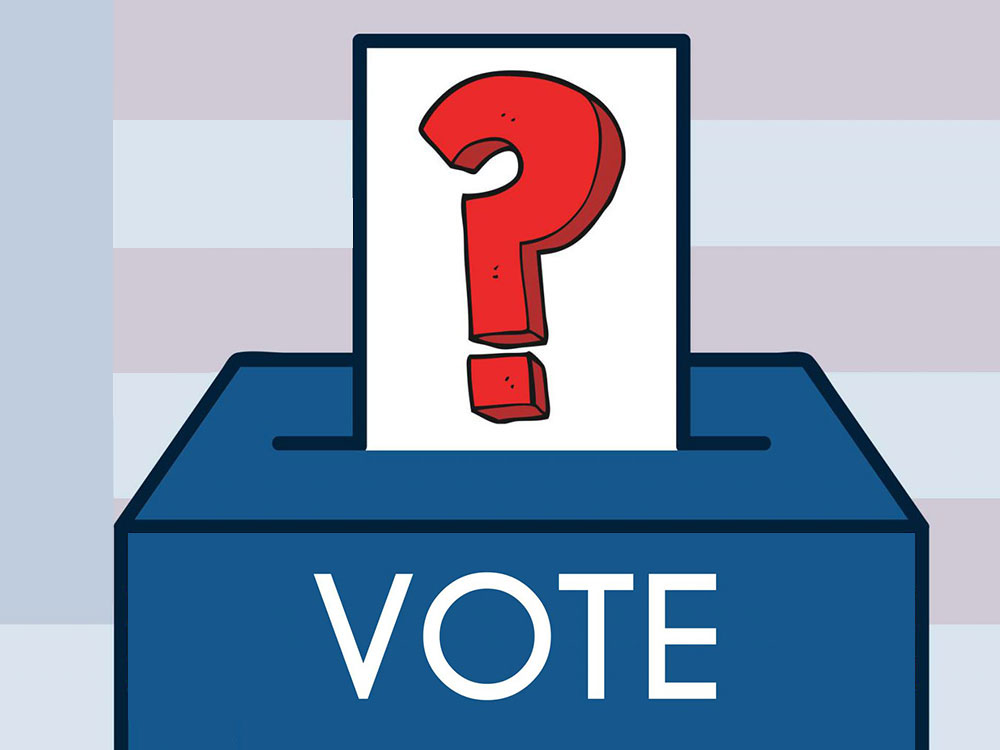By Mark Jacob
Two major news industry organizations, McClatchy and Mather Economics, have signed on to the new Medill Subscriber Engagement Index, a tool designed to give local news outlets more actionable intelligence on their readers than ever before.
McClatchy, one of the nation’s largest local news chains, is providing data from its 30 local outlets, including such well-known outlets as the Miami Herald, Charlotte Observer, Kansas City Star and Sacramento Bee, according to Shannan Bowen, McClatchy’s Director of Product Engagement.
Mather Economics, which manages subscriber information for many of the world’s top news outlets, “is in the process of getting many of its 500-plus North American newspaper clients to participate in the index,” said Mather President Matt Lindsay.
The subscriber engagement index, developed by Northwestern University’s Medill Spiegel Research Center, will allow participants to better understand which aspects of their online content are boosting the acquisition and retention of subscribers and which are leading to dropped subscriptions. This is vital intelligence at a time when local outlets are shifting from reliance on advertising dollars to a greater emphasis on reader revenue.
The index, expected to be ready in early 2021, will allow newsrooms to measure their performance against other news outlets participating in the index, highlighting best practices. And it will offer a groundbreaking feature: a ‘What-If” tool that will use current data to forecast how specific strategic actions would affect a news organization’s financial bottom line.
“Our goal was to make the Medill Index a go-to place where local news organizations could measure and benchmark their performance in growing reader revenue,” said Tim Franklin, who is Senior Associate Dean and John M. Mutz Chair in Local News at Northwestern’s Medill School of Journalism, Media, Integrated Marketing Communications. “Our partnerships with Mather Economics and McClatchy will help make the Medill Index a unique, robust, indispensable tool for many local news outlets who will now have unparalleled insights into the behaviors of their paying readers. Eventually, we hope to have hundreds of local news organizations be part of the Index.
The index is part of Northwestern’s Medill Local News Initiative, a project headed by Franklin that promotes financial sustainability for local journalism in challenging times. Development of the index is being funded by a grant from the Google Innovation Challenge program.
Jonathan Copulsky, Spiegel’s Executive Director, said the research center was thrilled to partner with McClatchy and Mather.
“McClatchy is a leading publisher of local news in this country,” Copulsky said. “Mather is well regarded in the industry. They’ve got relationships with a number of publishers. They’ve got a commercial engine for data gathering and data ingestion, organization and reporting.”
McClatchy’s Bowen is especially upbeat about the ability to do benchmarking with other media companies and share best practices.
“We’re drawn to this tool because it’s going to help us learn from other news companies participating in the index,” Bowen said. “… And we’re also excited about trying a tool that anyone in our company can use, from journalists or marketing teams or product teams. All of our different groups are aligned with our mission to grow digital subscriptions and reduce churn.”
“Our editors [are] asking about when they might be able to get their hands on it,” she said. “They’re really excited. I’m excited about what I’ve seen about the user interface. It seems really easy to use.”
Mather’s Lindsay said his firm’s clients include Gannett and MediaNews Group, two of the nation’s largest local news publishers. While talks with clients about data sharing are ongoing, Mather is bringing more than just data, Lindsay said. Mather also is offering analytical expertise that could make Medill’s What-If tool even more effective.
“We provide a lot of predictive analytics and A-B testing of recommended tactics, so we can say here’s what we believe will happen if you market this type of subscription offer or you have this type of retention campaign,” Lindsay said. “And then we validate our forecasts with A-B testing. With Medill and its really smart people, we can form hypotheses about reader reactions to content and test those hypotheses with A-B testing. We can help our clients implement those tests and then observe the results. It would be great if we could facilitate sharing in terms of, ‘Here’s some great innovation that we’ve discovered in this part of the industry.’ And we could anonymize those test results and insights and share them with the rest of the industry.”
Copulsky said Spiegel is open to collaborating with other partners as well. His email address is jonathan.copulsky@northwestern.edu.
Article image: Data Mining Vectors by Vecteezy

